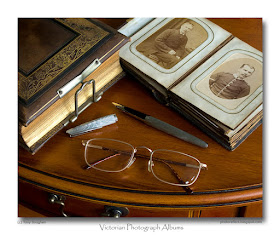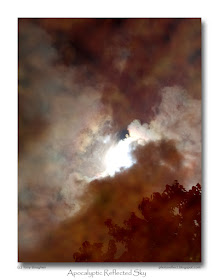 click photo to enlarge
click photo to enlargePhotography is one of those activities where people tend to specialise. It's not unusual to find a photographer, amateur or professional, who concentrates on a particular subject. It may be birds, boxing, motorsports, landscapes, travel, portraits - the areas of focus are endless. That's not to say that such people don't take photographs of other subjects: most do, but often 95% of what they shoot is within the tightly defined area of their specialism. I have every respect for people who achieve high quality within a particular area. However, to limit myself in this way is something that I could never do!
Just as photography is one of a number of interests that I pursue, so too, within photography I cast my net wide. An area that I return to on a regular basis is semi-abstract photography. Education in fine art and the history of art probably accounts for this particular interest. However, it's true to say that the search for pattern and abstraction goes on within other kinds of photography - in landscape for example - so it can be seen as one of the threads within photography in general, and people clearly come to it without the prompting that my educational background gives me.
There are many who don't see the point of semi-abstract photography. Perhaps such people focus on the medium's ability to record the world as we see it and understand it, and so to them, to deliberately obscure that by introducing an element of confusion maybe seems perverse. One of the things I value about painting is something that is also true of photography: an image can have force, value, beauty and interest regardless of the subject. In other words, the colours, lines, shapes, tones, pattern, composition, etc can be the point of the image regardless of what it depicts, what it is "really." And so it is, for me, with the image above. The nominal subject is a detail of a frameless glass display case holding some small textile art works, next to a window, with the distant ground and a wall beyond. The subject that I present in terms of the photograph is a semi-abstract composition that features a variety of intersecting lines, colours, shapes and reflections in a composition that, I think, has balance. It's true that being unable to easily decipher the image is part of what I like about it, but principally it's those other qualities in the "found" abstraction that made me take the shot.
photograph & text (c) T. Boughen
Camera: Olympus E510
Mode: Aperture Priority
Focal Length: 22mm (44mm/35mm equiv.)
F No: f6.3
Shutter Speed: 1/100
ISO: 100
Exposure Compensation: -0.7 EV
Image Stabilisation: On






















-3.jpg)

